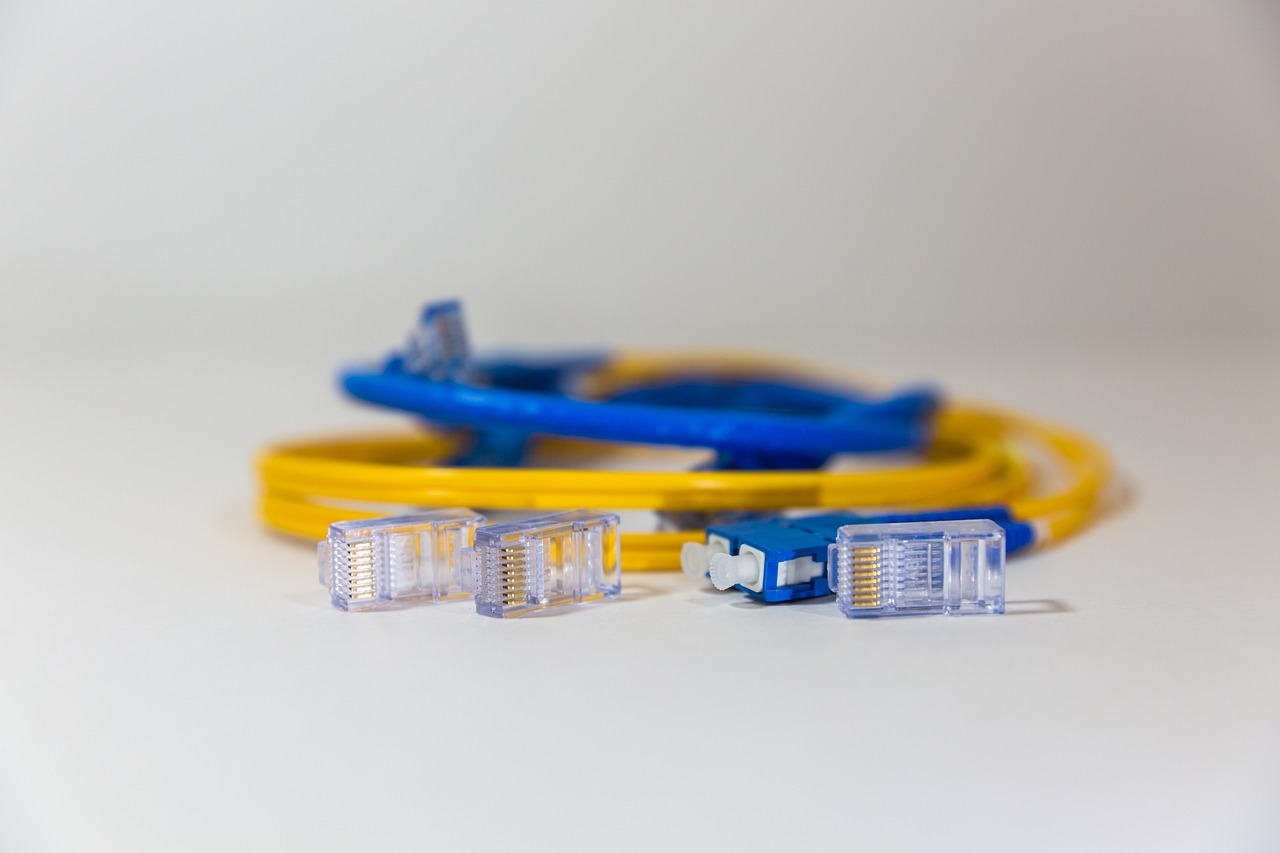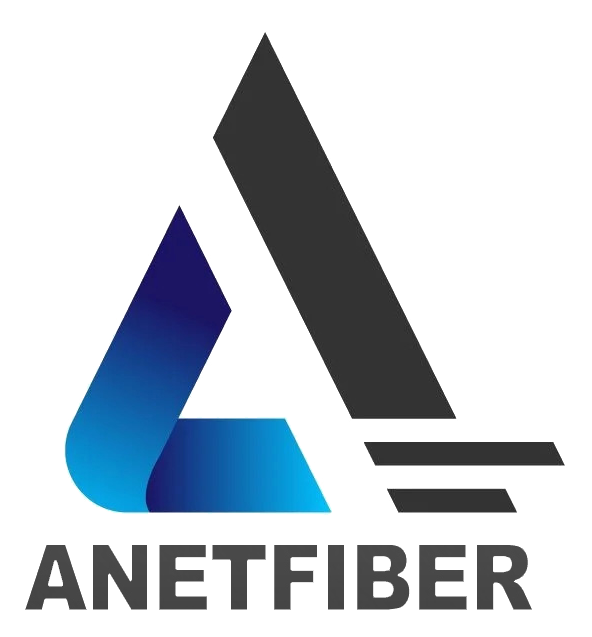4 Essential Components of Fiber Optic Cable Construction Explained

Introduction to Fiber Optic Cable Construction
Fiber optic cables are an integral part of modern communication systems, enabling the high-speed transmission of data over long distances. Fiber optic technology has revolutionized the way information is shared and has become a cornerstone of our interconnected world.
What Makes Fiber Optic Cables Special?
At the heart of fiber optic technology lies the remarkable capability to transmit data using light. Unlike traditional copper cables, which rely on electrical signals, fiber optic cables utilize pulses of light to carry information. This unique approach allows for significantly faster data transmission rates and minimal signal degradation over long distances. The use of light in data transmission is what sets fiber optic cables apart from other forms of cabling, making them ideal for high-bandwidth applications such as internet connectivity and telecommunication networks.
The Importance of Cable Construction
The construction of fiber optic cables plays a crucial role in ensuring their durability and efficiency. These cables are designed to withstand various environmental factors while maintaining optimal performance. The selection of high-quality cable construction materials is essential to protect the delicate components within the cable and ensure reliable data transmission.
In addition to durability, efficient cable construction also focuses on minimizing signal loss and interference, ultimately contributing to the overall reliability of the network infrastructure. By carefully considering every aspect of cable construction, from the core components to the outer protective layers, manufacturers can produce fiber optic cables that meet the demanding requirements of modern communication systems.
Understanding the Core of Fiber Optic Cables
Fiber optic cables are intricate systems comprised of several essential components that work together to facilitate the transmission of data. At the core of these cables lies a remarkable engineering feat that enables the transmission of light signals over long distances.
The Heart of the Matter: Fiber Core in Optical Cables
The fiber core in optical cables serves as the pathway for transmitting light signals, playing a pivotal role in ensuring efficient data transfer. Composed of high-quality glass or plastic, the fiber core is designed to facilitate the propagation of light pulses with minimal loss. As data travels through the fiber core, it undergoes total internal reflection, effectively bouncing off the walls of the core, which keeps the light signals confined within and prevents dispersion. This unique property allows for the seamless transmission of information at incredibly high speeds, making fiber optic technology indispensable in modern communication networks.
How the core transmits light
The fiber core transmits light through a process known as total internal reflection. When light enters the core at a specific angle, it undergoes multiple reflections off its boundaries due to differences in refractive indices between the core and cladding materials. This phenomenon ensures that the light remains trapped within the core, enabling efficient signal transmission over long distances without significant loss.
Surrounding Protection: Fiber Cladding Materials
In addition to the fiber core, fiber optic cables incorporate specialized cladding materials that serve as a protective layer surrounding the core. The primary function of these cladding materials is to prevent signal loss by maintaining proper alignment and guiding light along its intended path.
The critical role of cladding in preventing light loss
The fiber cladding materials are carefully selected based on their refractive index, which is engineered to be slightly lower than that of the fiber core. This deliberate variance facilitates total internal reflection within the core, ensuring that light signals remain confined and travel efficiently without escaping into surrounding mediums. By effectively containing and guiding light within the core, these cladding materials play a critical role in minimizing signal attenuation and preserving data integrity throughout its journey along the length of fiber optic cables.
The Protective Layers: Cladding and Coating
As we delve deeper into the intricate world of fiber optic cable construction, it becomes evident that the protective layers surrounding the core play a pivotal role in ensuring the integrity and longevity of these advanced communication conduits.
Keeping the Core Safe: Buffer Coatings in Fiber Cables
One of the key components contributing to the safeguarding of the fiber optic cable core is the implementation of buffer coatings. These specialized coatings serve as an additional layer of protection, enveloping the delicate fiber core and providing insulation against external environmental factors. There are several types of buffer coatings utilized in fiber cables, each with its unique functions tailored to enhance durability and performance.
Types of buffer coatings and their functions
Acrylate Coatings: Acrylate buffer coatings are known for their flexibility and resistance to moisture, making them ideal for outdoor applications where exposure to varying weather conditions is a concern. Their primary function is to shield the fiber core from mechanical stress and potential damage caused by bending or stretching.
Tight-Buffered Designs: In scenarios where ruggedness is paramount, tight-buffered designs offer enhanced protection by applying a thick, robust coating directly onto individual fibers. This design not only fortifies the fibers against external pressure but also provides added resistance to moisture and abrasion.
Loose-Tube Configurations: For applications requiring additional thermal insulation, loose-tube configurations incorporate buffer coatings that provide thermal stability, protecting the fibers from extreme temperature fluctuations. This design ensures that the delicate optical fibers remain unaffected by environmental heat variations.
Dual-Coating Systems: Dual-coating systems feature an inner primary coating designed for adhesion to the glass fiber surface, followed by an outer secondary coating that offers supplementary mechanical protection. This dual-layer approach significantly enhances the cable's resistance to physical stress while maintaining signal integrity.
Additional Protection: Fiber Optic Cable Components
Beyond buffer coatings, various other essential components contribute to safeguarding fiber optic cables against potential hazards and performance degradation. These components work synergistically to uphold the structural integrity and operational efficiency of these advanced communication conduits.
The role of additional components in safeguarding the cable
Strength Members: Integrated within fiber optic cables, strength members provide crucial support and tensile strength, preventing excessive stretching or deformation during installation or maintenance activities. Aramid yarns (such as Kevlar) are commonly employed as strength members due to their exceptional durability and resistance to elongation.
Water-Blocking Elements: To mitigate water ingress—a common threat faced by outdoor cables—water-blocking elements are strategically incorporated within cable designs. These elements act as barriers against moisture penetration, preserving signal quality and preventing corrosion within the cable structure.
Ripcords: Facilitating easy access during cable termination or splicing procedures, ripcords are embedded beneath outer jackets to enable efficient removal without causing damage to underlying components or fibers.
Armor Layers: In applications demanding heightened protection against external forces or rodent damage, armor layers comprising metallic or composite materials are integrated into cable constructions, providing an additional shield without compromising flexibility or bend radius requirements.
In essence, these additional components collectively contribute to fortifying fiber optic cables against diverse environmental challenges while upholding their operational reliability under varying conditions.
The Backbone: Strength Members and Outer Jacket
As we explore the intricate design of fiber optic cables, it becomes evident that the backbone of these advanced communication conduits lies in the robust strength members and protective outer jacket. These components are essential for ensuring the structural integrity, mechanical resilience, and environmental adaptability of fiber optic cables.
The Supporting Cast: Strength Members in Fiber Optics
The inclusion of strength members within fiber optic cables is crucial for providing vital support and protection against external stresses. These members serve as a reinforcing framework, imparting tensile strength and resistance to bending forces, thereby safeguarding the delicate optical fibers contained within the cable structure.
Types of strength members and their importance
Aramid Yarns: Commonly known by the trade name Kevlar, aramid yarns are widely utilized as strength members due to their exceptional durability and high tensile strength. These synthetic fibers exhibit remarkable resistance to stretching and deformation, making them ideal for reinforcing fiber optic cables in various installation scenarios.
Fiberglass Rods: In certain cable designs, fiberglass rods are employed as strength members to provide rigidity and support along the length of the cable. Their lightweight yet sturdy composition enhances the overall structural stability of fiber optic cables without adding excessive weight or bulk.
Steel Wire Strands: For applications demanding superior mechanical protection, steel wire strands are integrated into cable constructions to fortify them against external pressures and impacts. The inherent strength and resilience of steel make it an ideal choice for withstanding harsh environmental conditions while maintaining signal integrity.
The incorporation of diverse types of strength members ensures that fiber optic cables possess the necessary fortification to withstand installation stresses, environmental factors, and operational demands while preserving signal quality over extended periods.
The Final Layer: Outer Jacket Materials
The outer jacket of a fiber optic cable serves as a protective sheath that encapsulates and shields the internal components from external elements such as moisture, abrasion, and physical damage. Selecting the appropriate outer jacket material is paramount in ensuring the long-term reliability and performance of fiber optic cables across diverse deployment environments.
Choosing the right material for different environments
Polyethylene (PE): PE jackets offer excellent moisture resistance and flexibility, making them well-suited for outdoor installations where exposure to varying weather conditions is a concern. Their robust construction provides reliable protection against moisture ingress while maintaining flexibility for ease of handling during installation procedures.
Polyvinyl Chloride (PVC): PVC outer jackets are renowned for their exceptional flame-retardant properties, making them an ideal choice for indoor applications where fire safety compliance is essential. Additionally, PVC materials exhibit good chemical resistance, ensuring long-term durability in various indoor environments.
Thermoplastic Urethane (TPU): TPU jackets provide superior resistance to abrasion and mechanical stress while offering enhanced flexibility compared to traditional materials. This makes them suitable for applications requiring ruggedness combined with flexibility without compromising on protective capabilities.
Flame-Retardant Low Smoke Zero Halogen (LSZH): LSZH jackets are specifically designed to minimize smoke emission and toxic fume generation in case of fire incidents, making them an ideal choice for enclosed spaces such as data centers or confined industrial settings where human safety is a priority.
By carefully selecting outer jacket materials tailored to specific environmental requirements, manufacturers can ensure that fiber optic cables maintain their structural integrity while delivering consistent performance in diverse deployment scenarios.
Design and Construction Techniques of Fiber Optic Cables
Crafting Excellence: Cable Construction Techniques
The process of assembling a fiber optic cable involves a series of intricate steps that culminate in the creation of a reliable and high-performance communication conduit. From the initial preparation of raw materials to the final testing phase, each stage demands precision and expertise to ensure the seamless integration of various components.
The journey begins with the selection of premium-quality optical fibers, which serve as the fundamental building blocks for fiber optic cables. These fibers undergo meticulous inspection and cleaning to eliminate any impurities that could compromise signal integrity. Subsequently, they are carefully arranged and aligned within the cable structure, adhering to specific spatial configurations tailored to optimize data transmission efficiency.
Once the fiber arrangement is in place, protective layers such as buffer coatings and strength members are meticulously applied to shield the delicate fibers from external stresses. The application of these protective elements demands precision to maintain uniformity and consistency throughout the cable's length.
Following this, specialized machinery is employed to encapsulate the assembled components within an outer jacket, providing comprehensive protection against environmental factors. This encapsulation process requires strict adherence to industry standards to ensure uniform thickness and complete coverage.
Innovations in Optical Cable Design
Advancements in modern technology have significantly influenced the evolution of fiber optic cable design, paving the way for enhanced performance, durability, and versatility. One notable innovation lies in the development of bend-insensitive optical fibers, which exhibit remarkable flexibility without compromising signal quality. These fibers enable easier installation in confined spaces while minimizing signal loss due to bending or twisting.
Furthermore, cutting-edge manufacturing techniques have led to the creation of microcables—ultra-compact fiber optic cables designed for high-density installations. These microcables offer exceptional space savings without sacrificing performance, making them ideal for demanding deployment scenarios where limited physical space is a consideration.
Another groundbreaking innovation involves the integration of self-healing materials within fiber optic cables, enabling them to autonomously repair minor damages caused by external forces or environmental factors. This self-healing capability enhances the long-term reliability of fiber optic cables while reducing maintenance requirements and operational disruptions.
As technology continues to advance, ongoing research and development efforts aim to further refine cable construction techniques and optical cable design, ultimately driving continuous improvements in performance, efficiency, and resilience across diverse applications.
See Also
Explaining the Key Elements of Fiber Optic Communication Systems
Unraveling the Basics of Optical Fiber Technology
Discovering 4 Essential Optical Fiber Cable Types
A Complete Overview of Fiber Optic Cables: Understanding the Basics


